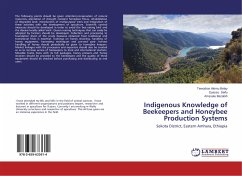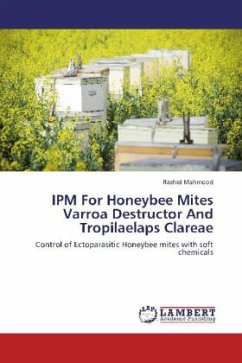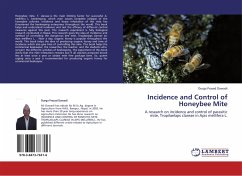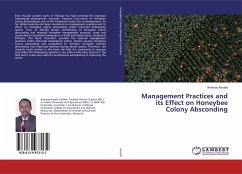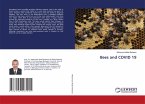Floral inventory, pollen & indigenous knowledge analysis and physical honey quality determination procedures were carried out in sekota. Trapped pollen mellissopalynological analysis has confirmed that 45 species of flowering plants categorized in 27 families are found in the area and we have found that plants identified by indigenous beekeeping farmers have agreed with the results of this work insuring their indigenous knowledge is dependable for environmental analysis. Trapped & honey pollen analysis and other methodologies used have confirmed that Acacia tortolis, Bidens spp., Hypoestes trifolia, Ocimum bacilicum, Becium grandiflorum, Guizotia abyssinica, Echinops spp., Acacia seyal, Grewia bicolor, Eucalyptus camaldulensis, Achyranthus spp. and Vernonia spp. are the major honeybee plants contributing 69.24% of the pollen as a food. In this work, from the honey pollen & physical honey quality analysis, it was also possible to confirm that honey produced in the area from these plants meets the international physical quality parameters. Thus, their contribution for the production of physically qualified honey is considered as paramount important requiring protection & propagation.




